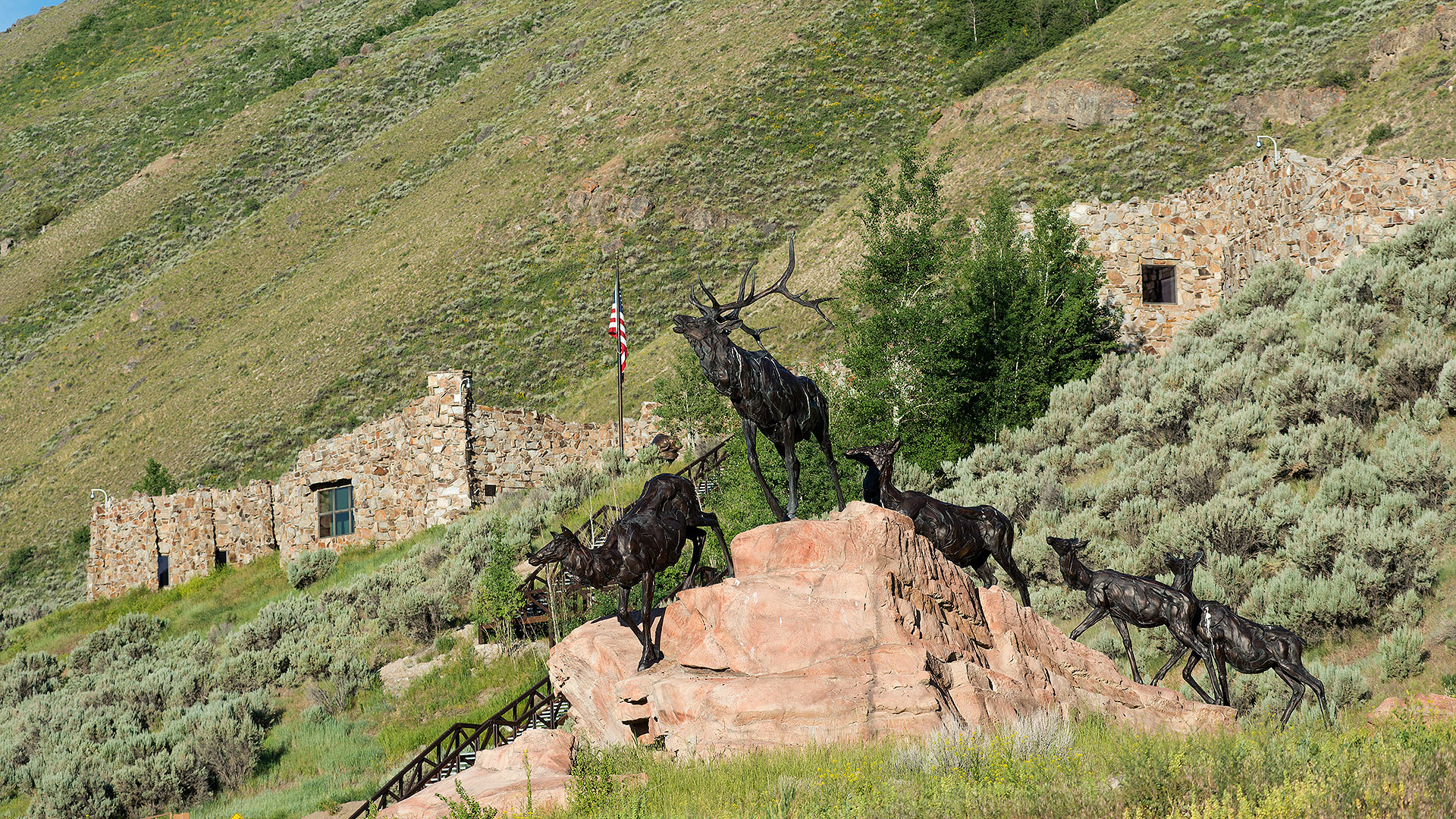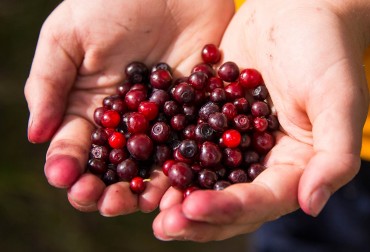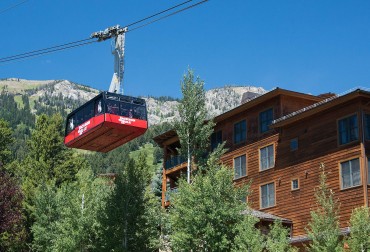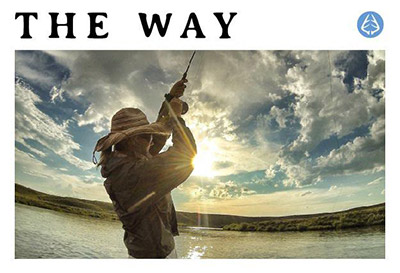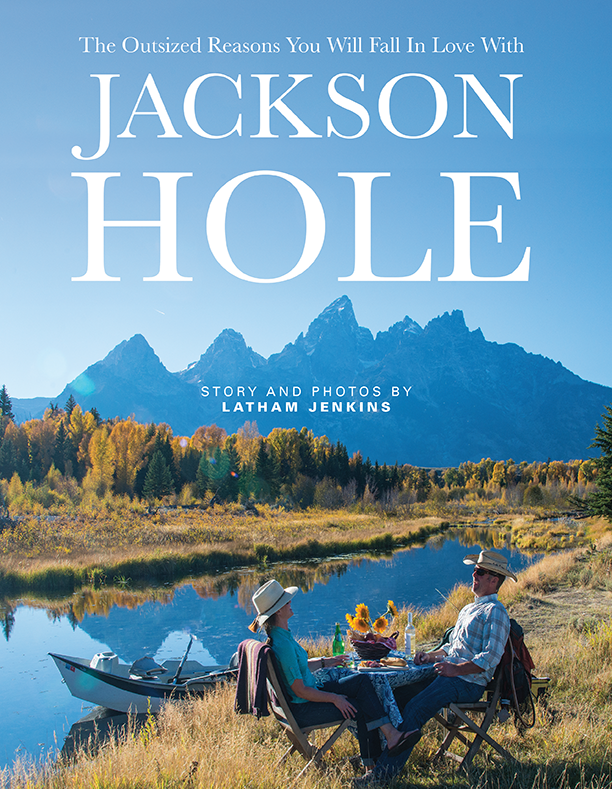The massive zodiac heads weighing more than 800 pounds and created by the famous Chinese artist Ai Weiwei arrived at the National Museum of Wildlife Art in Jackson Hole in May.
The museum is used to showcasing big name artists. Among its 5,000-piece permanent collection are works by artists like Ansel Adams and it boasts more Carl Rungius work than any other museum. But the zodiac heads, displayed along the museum’s sculpture trail overlooking the National Elk Refuge, traveled the world and venues vying for the chance to showcase the work were scheduled years in advance. The National Museum of Wildlife Art received the exhibition before the Carnegie Museum of Art in Pittsburg and the Rose F. Kennedy Greenway in Boston and even before the Louvre in Paris. But this was different.
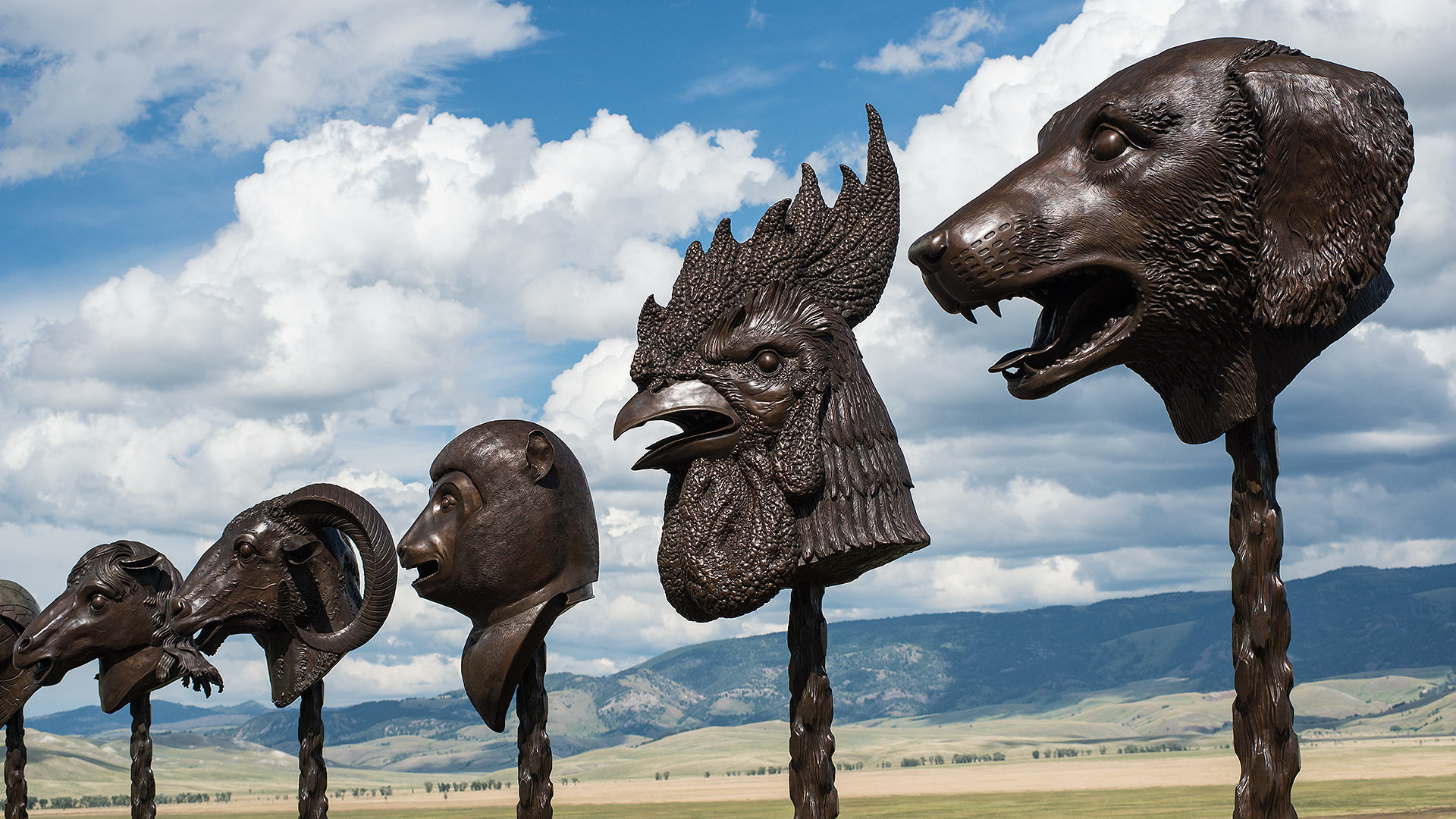
Ai Weiwei's Zodiac Heads

Ai Weiwei's Zodiac Heads
Since it opened in 1987 as the Wildlife of the American West Art Museum in a small building on the Town Square, the museum has offered Jackson Hole residents the rare luxury of taking in the work of master wildlife artists without the commute to a major metropolitan area.
Too often people have to decide and compromise on what they want in the community they live, said Jennifer Weydeveld, the museum’s marketing director.
You normally can’t have small town living with almost unfettered access to the outdoors and world-class recreation, along with world-class culture and the art amenities of a big city.
Having a museum that features internationally renowned exhibits like Ai Weiwei nestled near some of the best skiing and climbing in North America is a rare combination and lured Weydeveld to the area about a year ago.
Weydeveld grew up in Florence, Italy. Her mother was an artist and her dad worked for a company which transferred him to open a new branch in Italy when Weydeveld was about 3 years old. From when the family arrived in Italy, Weydeveld spent her time there visiting major European museums and skiing in the Dolomites. Skiing and art were two of her favorite things from when she was still a toddler.
“I think outdoor sports and museums go really well together,” she said.
She studied art history and journalism in college in Boston and took her first job working for the Smithsonian in the “castle building” on the National Mall. From there she went to Santa Fe where she worked for the Department of Cultural Affairs.
While visiting her husband’s family who own a ranch in Dubois, she crossed Togwotee Pass to visit Jackson Hole and check out the museum. While there she learned staff were about to start searching for a marketing director. She applied and moved to Jackson when she took the job.
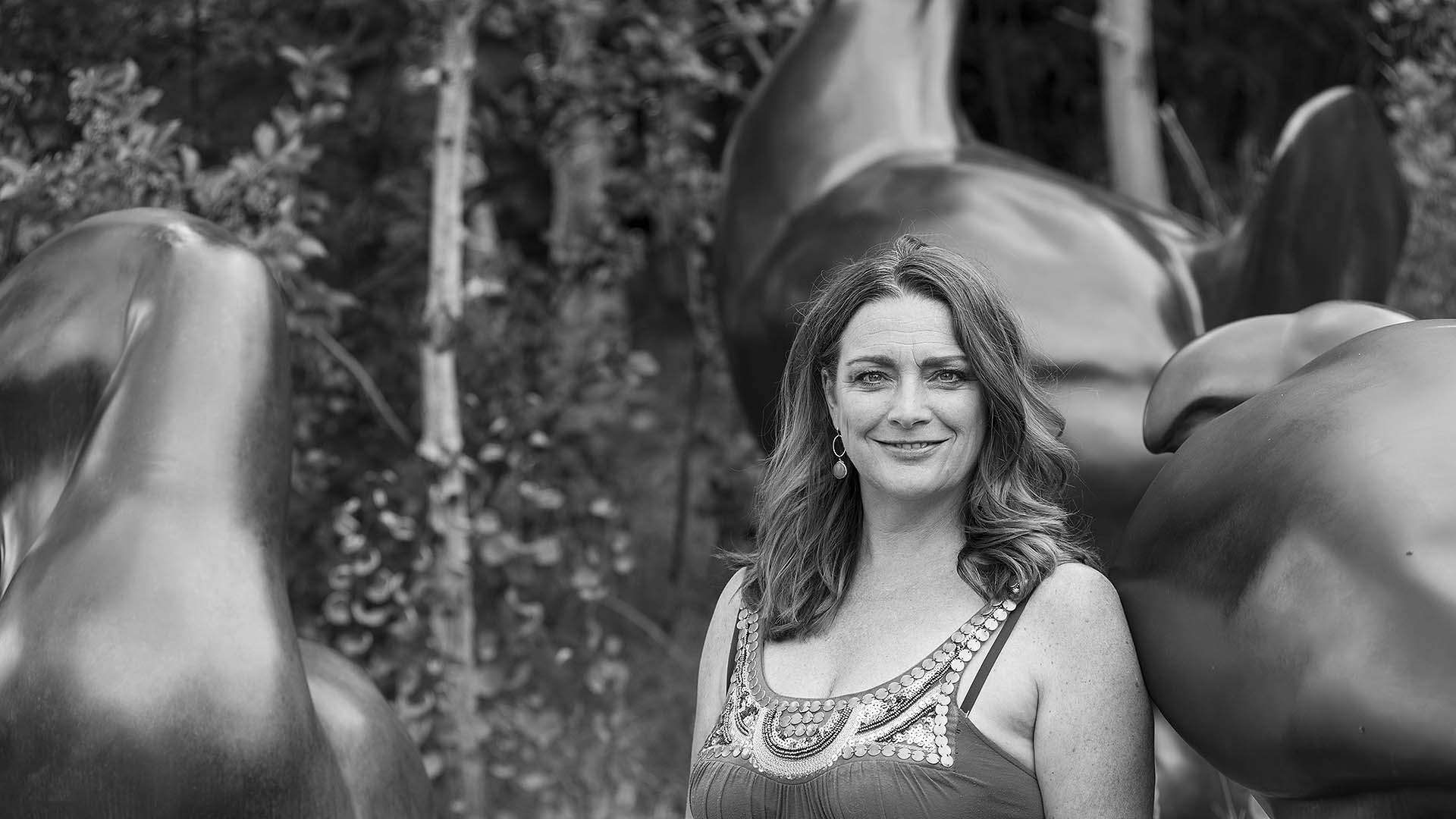
Jennifer Weydeveld, Marketing Director

Jennifer Weydeveld, Marketing Director
When Weydeveld took the helm of marketing last year, the museum was already an established attraction with national notoriety thanks to a “brilliant” staff and curatorial team and board, she said.
The small museum that started on the Town Square where Moo’s Gourmet Ice Cream sits now, outgrew the three-gallery storefront in the early 1990s. A capital campaign raised $10 million for the 51,000 square-foot modern museum situated on the hilltop on the edge of town. The beautiful stone building both blends into the hillside and surrounding landscape and also grabs attention with its distinctive design.
The museum holds 14 galleries, includes a sculpture trail, café, library and shop. It also contains a wildlife art collection unsurpassed anywhere else in the United States. The works in the museum celebrate wildlife from around the world, Weydeveld said.
The permanent collection includes paintings, sculpture and works on paper by more than 100 artists from members of early American tribes to contemporary masters.
In 2008 President George W. Bush signed a bill recognizing the museum as the “National Museum of Wildlife Art of the United States.”
Wildlife is one of the oldest art subject matters with paintings and drawings dating back to days of caves, Weydeveld said. The museum represents the full-spectrum with art as old as 2500 BC as well as contemporary works created in recent years.
The museum hosts a variety of important exhibitions showing that diversity of wildlife art. In 2010 an exhibition featured the work of Maurice Sendak, the artist of the beloved childhood book “Where the Wild Things Are.” In 2012 “National Geographic Greatest Photographs of the American West,” showcased some of National Geographic’s best and most iconic photographs when the exhibit opened simultaneously at several museums in the United States, including the National Museum of Wildlife Art in Jackson Hole.
Weydeveld sees the museum showing more exhibitions like these and Ai Weiwei, the most recent big name show the museum netted, in the future. While shows of that caliber are expensive, the museum is becoming known as a place people visit specifically for the exhibition.
But at the same time the museum remains committed to serving Jackson Hole residents, Weydeveld said. Locals receive free admission during the “First Sundays” program at the museum held on the first Sunday of the month. Mix’d Media events target those 20 to 40 years old with a dj spinning music, signature cocktails that correspond to the exhibit and other activities that get people interacting with the art.
Fables, Feathers and Fur runs 10 to 11:30 a.m. on Wednesdays where kids come to the museum and listen to staff read a favorite book.
“There’s a huge commitment to connect to locals at every age,” Weydeveld said.
More than 80,000 people visit the museum each year and more than 10,000 kids visit it, often as part of school curricula.
“I see this museum as a major cultural and economic driver for the community,” Weydeveld said.
